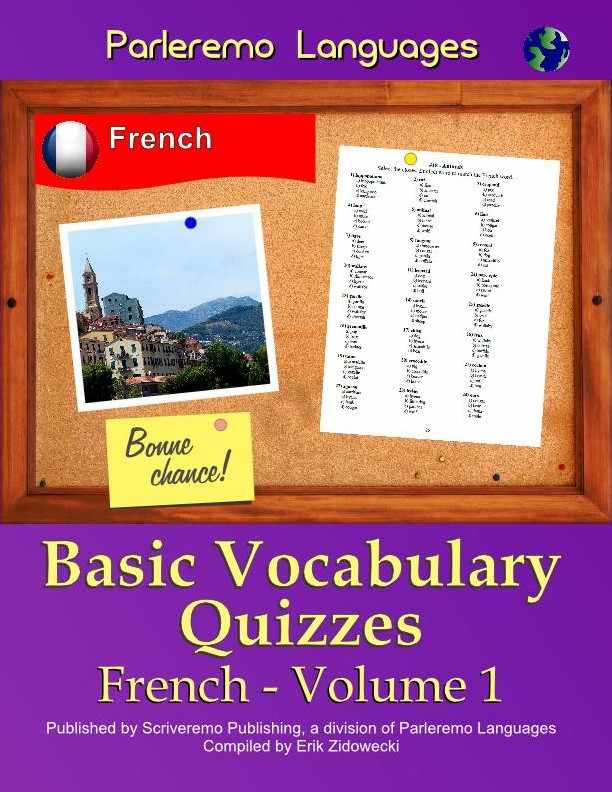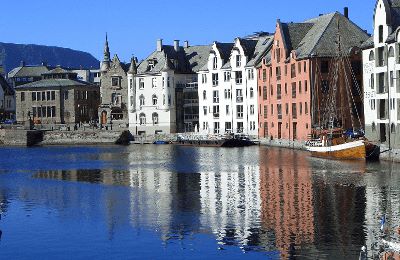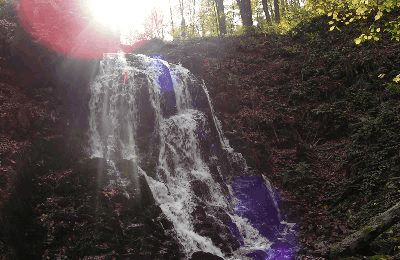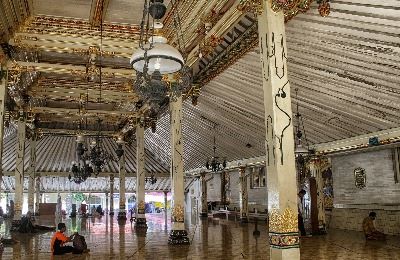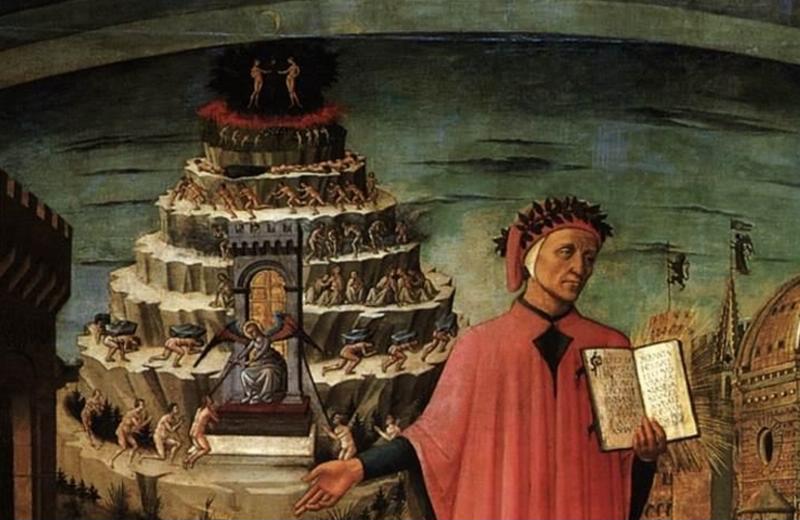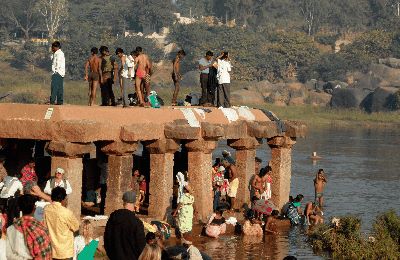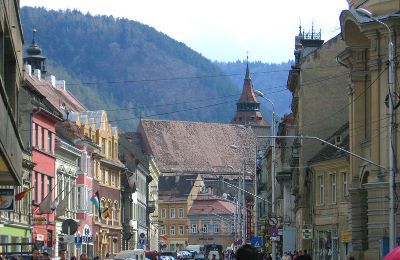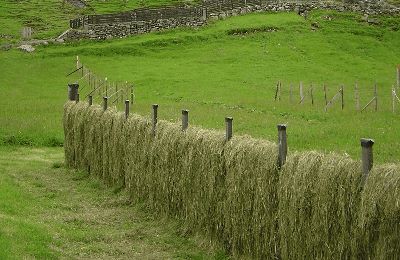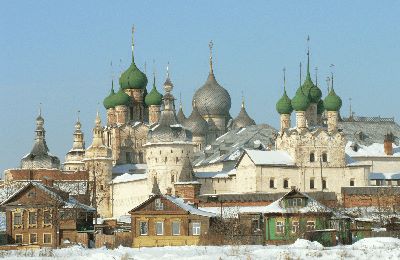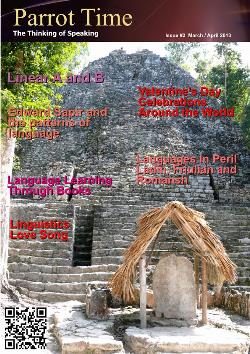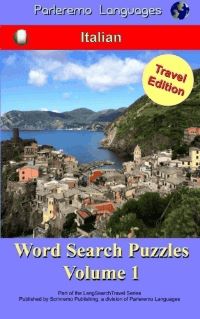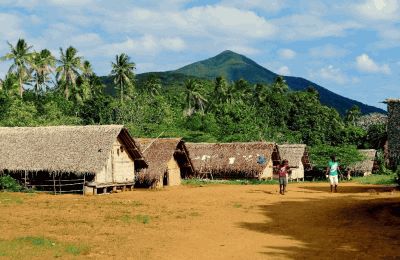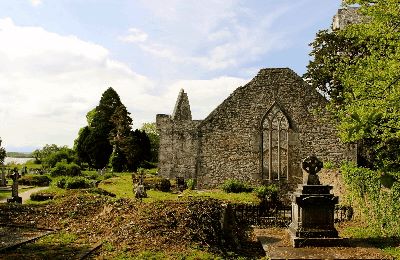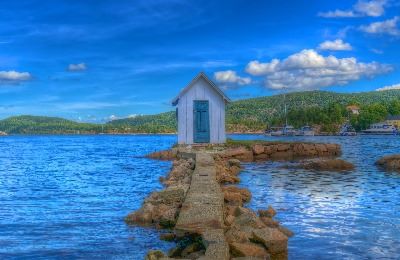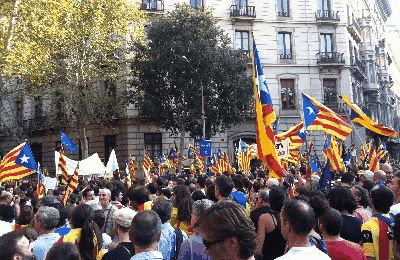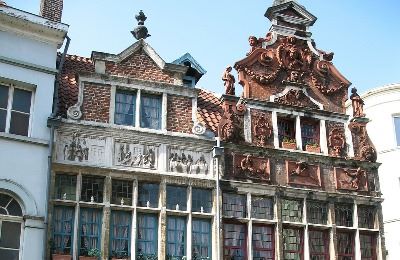Word on the Streets
Norwegian Notables

| The streets of Parleremo are named after famous writers for the language of each quarter. This is where we take a quick look at why they famous. | |
Ibsens vei | |
Henrik Ibsen 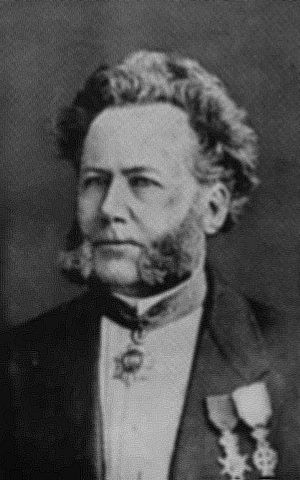 Henrik Ibsen was one of the major Norwegian playwrights of the 19th-century and is considered one of the greatest playwrights in the European tradition, comparable even to Shakespeare. He influenced other playwrights and novelists, as well as artists. The female characters of his works even influenced the feminist movement in the United States. Ibsen was born on 20 March 1828 in the port town of Skien, Norway. When he was 15, Ibsen quit school and went to work as an apprentice in an apothecary in Grimstad. While working there, he spent his free time writing poetry, and in 1849, he wrote his first play, Catilina, in verse like Shakespeare, who was one of his great influences. The next year, he moved to Christiania (modern day Oslo) to study at the University of Christiania. One of the friends he met there, Ole Schulerud, paid for the publication of Catilina, but it received little attention. The next year, Ibsen was offered a job as a writer and manager for the Norwegian Theatre in Bergen by Ole Bull. Though that, Ibsen learned much about the theatre and he even traveled abroad to learn more. He returned in 1857 to take up running the theatre, but this did not go well and he as accused of mismanaging it. He finally left Norway again in 1862. During this time, he moved a few times between Italy and Germany, writing some of his best works which were critically acclaimed. While his plays earned him the title "the father of modern theater", Ibsen's productions were often considered scandalous for his time period. While traditional European theatre reflected strict morals of family life and propriety, Ibsen instead focused on the truths that were behind these many facades, giving his audience and critics a new look at the conditions of life and morality. His plays gave them a new set of moral questions to examine. One of Ibsen's masterworks was "Peer Gynt" which was a modern version of Greek epic tragedies, following the title character on a quest. Another famous work was "A Doll's House". This play explored the struggles of a woman with the traditional roles of wife and mother and her own need for self-exploration. Ibsen returned to Norway as a literary hero In 1891. He had left Norway as a frustrated artist and returned as an internationally known playwright. Sadly, in 1900, Ibsen suffered a series of paralysing strokes that left him unable to write and he died peacefully on 23 May 1906. He was considered a literary giant and received a state funeral from the Norwegian government. To this day, Ibsen remains among the most popular studied and produced playwrights ever. |
Bibliography
• Catilina, 1850 [Catiline] • Kjæmpehøjen, 1850 [The Burial Mound/The Warrior's Barrow] • Norma, 1851 [Norma] • Sancthansnatten, 1852 [St. John's Eve] • Fru Inger til Østeraad, 1854 [Lady Inger of Oestraat] • Gildet paa Solhaug, 1855 [The Feast at Solhaug] • Olaf Liljekrans, 1856 [Olaf Liljekrans] • Hærmændene paa Helgeland, 1857 [The Vikings at Helgeland] • Digte, 1862 (collection of poetry) • Kjærlighedens Komedie, 1862 [Love's Comedy] • Kongs-Emnerne, 1863 [The Pretenders] • Brand, 1866 [Brand] • Peer Gynt, 1867 [Peer Gynt] • De unges Forbund, 1869 [The League of Youth] • Kejser og Galilæer, 1873 [Emperor and Galilean] • Samfundets Støtter, 1877 [Pillars of Society] • Et Dukkehjem, 1879 [A Doll's House] • Gengangere, 1881 [Ghosts] • En Folkefiende, 1882 [An Enemy of the People] • Vildanden, 1884 [The Wild Duck] • Rosmersholm, 1886 [Rosmersholm] • Fruen fra Havet, 1888 [The Lady from the Sea] • Hedda Gabler, 1890 [Hedda Gabler] • Bygmester Solness, 1892 [The Master Builder] • Lille Eyolf, 1894 [Little Eyolf] • John Gabriel Borkman, 1896 [John Gabriel Borkman] • Når vi døde vaagner, 1899 [When We Dead Awaken] |
Knut Hamsuns vei | |
Knut Hamsun 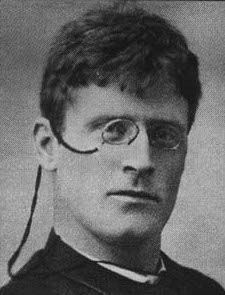 Knut Hamsun was a Nobel Prize winning Norwegian author. He is considered to be one of the most influential literary stylists of the past one hundred years and was even once praised by King Haakon VII of Norway as "Norway's soul". His work usually focused on more rural and primitive ideals, going against the ideas of civilization. He also wrote some pioneering psychological literature which embraces techniques of various streams of consciousness. Much of Hamsun's work was linked to the spiritual movement pantheism, which embraces the idea of not just one god, but many, because of his depictions of the natural world around us and reflections on the woodlands of his homeland. He wrote about man and nature unified in a spiritual bonding, and that was the main theme of many of his novels, most notably "Growth of the Soil", which is credited as being the reason for his Nobel Prize in Literature. Hamsun was also a long time admirer of Germany, and he expressed his support for the German war-effort during World War II, even meeting with Hitler. Upon Hitler's death, he published a short obituary in which he praised the dictator. These views proved disastrous for Hamsun, and in 1945, he was detained by police for "acts of treason" while they took away his property. He was temporarily put under psychiatric observation under the excuse of being hospitalized because of "his advanced age". His last years were spent in poverty and he died in Grimstad in 1952. During his lifetime, Hamsun published over 20 novels, several of which have been adapted as motion pictures, as well as short stories, plays, essays and poetry. Two years after his death, a fifteen-volume compilation of his complete works was published. In 2009, the Knut Hamsun Centre was opened in Hamarøy in his memory. |
Bibliography • Den Gaadefulde. En kjærlighedshistorie fra Nordland (Published as Knud Pedersen), 1877 • Et Gjensyn (Published as Knud Pedersen Hamsund), 1878 • Bjørger (Published as Knud Pedersen Hamsund), 1878 • Lars Oftedal. Udkast (11 articles, previously printed in Dagbladet), 1889 • Fra det moderne Amerikas Aandsliv, 1889 [The Spiritual Life of Modern America] • Sult, 1890 [Hunger] • Mysterier, 1892 [Mysteries] • Redaktør Lynge, 1893 • Ny Jord, 1893 [Shallow Soil] • Pan, 1894 [Pan] • Ved Rigets Port, 1895 [At the Gate of the Kingdom] • Livets Spil, 1896 [The Game of Life] • Siesta, 1897 • Aftenrøde. Slutningspil, 1898 • Victoria. En kjærlighedshistorie, 1898 [Victoria] • Munken Vendt. Brigantines saga I, 1902 • I Æventyrland. Oplevet og drømt i Kaukasien, 1903 [In Wonderland] • Dronning Tamara (Play in three acts), 1903 • Kratskog, 1903 • Det vilde Kor (Poems), 1904 [The Wild Choir] • Sværmere, 1904 [Mothwise (1921), Dreamers] • Stridende Liv. Skildringer fra Vesten og Østen, 1905 • Under Høststjærnen. En Vandrers Fortælling, 1906 [Under the Autumn Star] • Benoni, 1908 [Benoni] • Rosa: Af Student Parelius' Papirer, 1908 [Rosa] • En Vandrer spiller med Sordin, 1909 [A Wanderer Plays on Muted Strings] • Livet i Vold (Play in four acts), 1910 [In the Grip of Life] • Den sidste Glæde, 1912 [The Last Joy] • Børn av Tiden, 1913 [Children of the Age] • Segelfoss By 1, 1915 [Segelfoss Town (Vol 1)] • Segelfoss By 2, 1915 [Segelfoss Town (Vol 2)] • Markens Grøde 1, 1917 [Growth of the Soil] • Markens Grøde 2, 1917 • Sproget i Fare, 1918 • Konerne ved Vandposten I, 1920 [The Women at the Pump] • Konerne ved Vandposten II, 1920 • Siste Kapitel I, 1923 [The Last Chapter (Vol 1)] • Siste Kapitel II, 1923 [The Last Chapter (Vol 2)] • Landstrykere I, 1927 [Wayfarers] • Landstrykere II, 1927 • August I, 1930 [August (Vol 1)] • August II, 1930 [August (Vol 2)] • Men Livet lever I, 1933 [The Road Leads On (Vol 1)] • Men Livet lever II, 1933 [The Road Leads On (Vol 2)] • Ringen sluttet, 1936 [The Ring is Closed] • Paa gjengrodde Stier, 1949 [On Overgrown Paths] |
Olav Duuns vei | |
Olav Duun 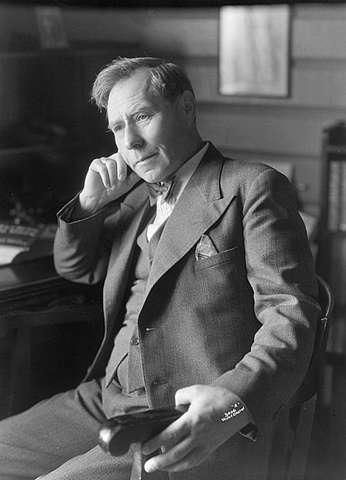 Olav Duun was one of the most notable writers of Norwegian fiction in the 20th century. He was one of the first Norwegian writers to write in Landsmål, the native language of the people of the northern region. He drew from the traditions of his native Namdalen region and his works combined the Norwegian folk essence with the European cultural form. Duun wrote often of the fierce battle of the peasants against nature for their survival. His books used the dialects of many of the working classes and examined the varied aspects of rural peasant life. His characters had strong family traditions to inspire his modern readers. The independent peasant, the one who best represented purpose and worth, was glorified in these writings. Probably his most notable works are his six volume saga "The People of Juvik" which is the story of four generations of a family of peasant landowners, following the rise of the family from very basic humble beginnings to an enlightened state. Between 1907 and 1938, Duun published 25 novels, four short story collections, and two children's books. He died in Botne, near Holmestrand, on September 13, 1939. |
Bibliography
• Løglege skruvar og anna folk, 1907 [Oddballs and Other People] • Marjane, 1908 • På tvert, 1909 [Crosswise] • Nøkksjøliga, 1910 [The Slope by Nøkk Lake] • Gamal jord, 1911 [Old Soil] • Hilderøya, Storbåten, 1912 [Hilder Island] • Sigyn, Sommareventyr, 1913 • Tre venner, 1914 [Three Friends] • Harald, 1915 • Det gode samvite, 1916 [Good Conscience] • På Lyngsøya, 1917 [At Heather Island] • Juvikfolket, 1918-23 [The People of Juvik] • Juvikingar, 1918 [The Trough of the Waves] • I Blinda, 1919 [The Blind Man] • Storbybryllope, 1920 [The Big Wedding] • I eventyret, 1921 [Odin in Fairyland] • I ungdommen, 1922 [Odin Grows Up] • I stormen, 1923 [The Storm] • Blind-Anders, 1924 • Straumen og evja, 1925 • Olsøygutane, 1927 • Carolus Magnus, 1928 • Medmenneske, 1929 [Fellow Man] • Vegar og villstig, 1930 [On the Road and Getting Lost] • Ragnhild, 1931 • Ettermæle, 1932 [A Reputation Left Behind] • Siste leveåre, 1933 [The Final Year of Life] • Gud smiler, 1935 [God Smiles] • Samtid, 1936 [The Present Age] • Menneske og maktene, 1938 [Floodtide of Fate] |
| Word on the Streets - Norwegian Notables | ||||||||||||||||
| Writer: | Sofia Ozols | |||||||||||||||
| Images: | ||||||||||||||||
| ||||||||||||||||
| Sources: | ||||||||||||||||
| ||||||||||||||||
All images are Copyright - CC BY-SA (Creative Commons Share Alike) by their respective owners, except for Petey, which is Public Domain (PD) or unless otherwise noted.
|
Searching for language resources? Scriveremo Publishing, has lots of fun books and resource to help you learn a language. Click the link below to see our selection of books, availlable for over 30 langauges!
| |
comments powered by Disqus
